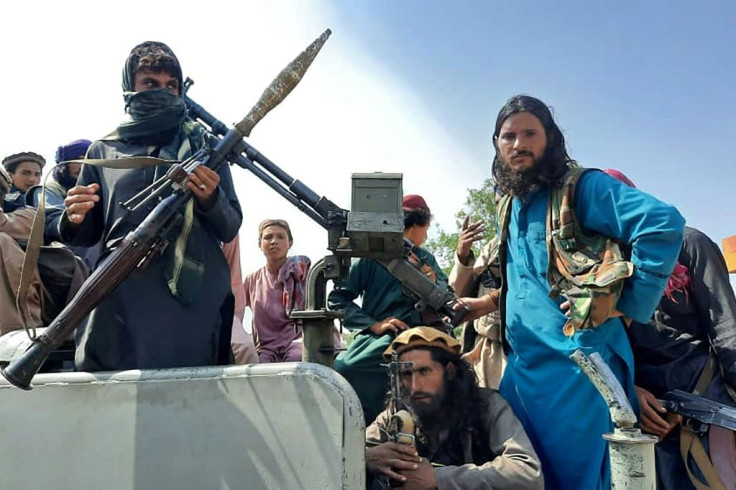US Spent $300 Million Per Day In Afghanistan-Taliban War
KEY POINTS
- The United States reportedly spent $300 million per day on the Afghanistan-Taliban war
- The 20-year-long battle has cost the American nation more than $2 trillion
- The Taliban recently advanced into the capital city of Kabul, forcing mass evacuations
The situation in Afghanistan has recently taken a turn for the worse as the Taliban advanced and took control of the capital city, Kabul. The war that has lasted for more than two decades cost the United States $300 million per day, a debt that has not yet been paid.
The war in Afghanistan began in the wake of the Sept. 11, 2001, attacks, and it has allegedly cost the American government more than $2 trillion. The numbers equate to nearly $300 million per day in the last two decades. Based on the number of people in the country, which has a population of about 40 million, the total cost comes out to about $50,000 for each person.
The massive expense of the brutal battle in Afghanistan has cost the U.S. more than the combined net worths of Jeff Bezos, Elon Musk, Bill Gates and the top 30 richest billionaires in America. The breakdown of the funds included $800 billion in direct war-fighting costs and an $80 billion fund that aimed to train the Afghan army, as per Forbes.
American taxpayers have been paying to fund an annual $750 million to support Afghan soldiers’ salaries. The U.S. government has also spent $300 billion in medical care for the 20,000 casualties from the war in Afghanistan. Officials expect the cost to increase by another $500 billion in the near future.
While the U.S. has pledged to support its efforts in Afghanistan, the majority of the funds used is borrowed money. This means that the American nation will continue to pay dividends long after President Joe Biden’s withdrawal of troops from the war-torn country is complete.
The direct-war costs include military operations against the Taliban. The militant group also has a lucrative fortune to fund its movements in the country. The group reportedly earned $1.6 billion in 2020, the primary source of which is the illegal drug trade in the country.
Afghanistan reportedly contributed to 84% of the global opium production from 2015 to 2020. The Taliban group earned the majority of the income from the drug trade as they controlled many areas where opium was manufactured.

© Copyright IBTimes 2025. All rights reserved.





















